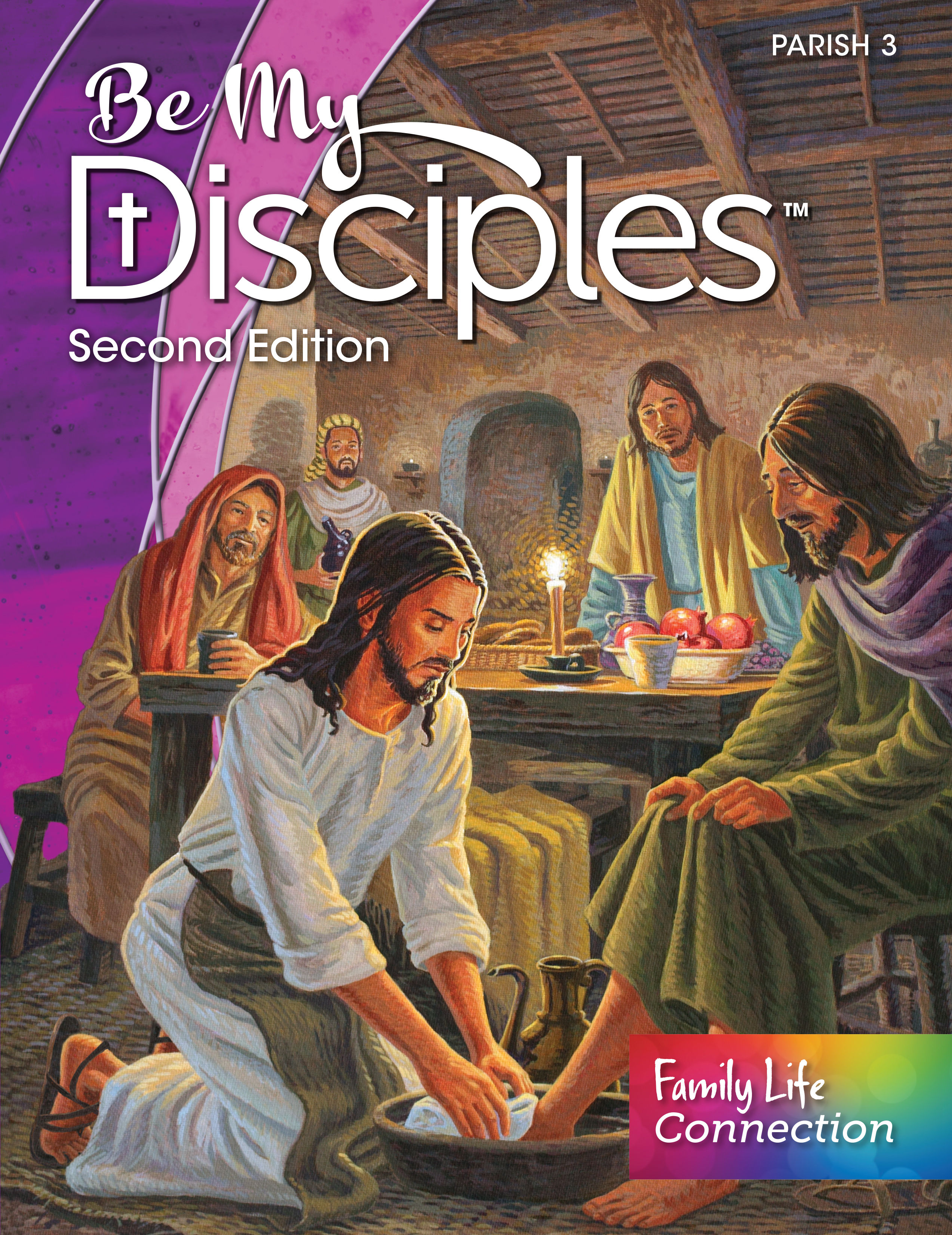Who would have thought that American icon Bob Ross, a non-imposing, encouraging television artist and TV host popular in the 80s, would be trending in 2022?
 As youngsters, my older sons sat mesmerized watching “The Joy of Painting” as Bob took his brushes to a canvas and, in half an hour, had created an amazing landscape scene. Most importantly, his faith in the ability of viewers to do the same and his unique way of engaging both his work of art and his audience in the conversation has made him the most popular artist of the 20th century.
As youngsters, my older sons sat mesmerized watching “The Joy of Painting” as Bob took his brushes to a canvas and, in half an hour, had created an amazing landscape scene. Most importantly, his faith in the ability of viewers to do the same and his unique way of engaging both his work of art and his audience in the conversation has made him the most popular artist of the 20th century.
Who doesn’t remember, “Let’s add some happy little trees,” or his encouragement that there are no mistakes in painting, “just happy little accidents.”
Though Bob died in 1995, he has been called an “avatar of edgeless culture,” a soothing, non-judgmental presence in a polarized, rapidly changing world. His television show was a give and take between Bob and his audience, who were essentially students immersed in the mindfulness of creativity. They were being given an opportunity to explore possibilities, find the lessons in mistakes, and think innovatively.
His positive influence, writes one author, can be seen in the uniquely positive comments under Bob’s YouTube videos which garner millions of views. One post read, “If art teachers were all like Ross, no one would fail, no one would feel ashamed to show their work, no one would dread to come to art class. He is so inspiring!”
Creativity is an essential ability that enables us to thrive and adapt in a rapidly changing world. Creativity is at the epicenter of human exploration and discovery, an ability used to generate and communicate original ideas of value. Developmental psychologist, Marilyn Price-Mitchell, notes there is a “significant connection between creativity, meaning, and intrinsic motivation.
“Inspired by our senses of sight, sound, taste, touch, and smell, creativity is a force that nurtures human development, innovation, and an aesthetic appreciation of the world around us.”
So, how can we teach creativity as a way of thinking in the religious classroom?
Examine creativity – Expand your understanding of creativity from the act of creating something, like art or music, to a broader definition of making connections between unrelated ideas. Helping children understand or write parables is a good exercise. During the summer months, do some research on this subject of creative thinking, which is recognized as essential for the success of today’s students and teachers.
Encourage creative mindsets – Creative thinkers are both self-disciplined and risk-takers. Provide opportunities for children to learn the value of both. Help children come to an understanding of the results of decision-making, so essential in the life of our Catholic faith. Pose the possible questions: What would happen if...?
Offer collaborative learning – Giving children the opportunity to brainstorm or share their thoughts with other children is a powerful tool to foster creative thinking. It helps develop mutual respect between students, improves dialogue, and demonstrates teachers’ faith in student-centered learning. Depending on their age, set up real-world problems and allow them an opportunity to develop solutions together. Let them discover how faith may change the world for the better.
Make time for planning – Incorporating creative thinking into the classroom and curriculum requires planning. Even Bob Ross, who made painting look like second nature, had a finished version of each episode’s painting just beyond the camera to use as a guide. Reviewing your RCL Benziger teacher guides or any number of additional RCL Benziger resources will prepare you for creative teaching before we are “back to school.”
 About the Author
About the AuthorMary Regina Clifford Morrell, mother of six and grandmother to nine, is a Catholic journalist, author, and syndicated columnist who has served the dioceses of Metuchen and Trenton, New Jersey, and RENEW International in the areas of catechesis and communication.
Product Highlight
 NEW! Be My Disciples Second Edition - with the Family Life Connection
NEW! Be My Disciples Second Edition - with the Family Life Connection
This new Parish Program for grades 1-6 now includes the Family Life Connection, a fantastic family resource built right into the Student Edition textbook! Students will take home this two-page insert to help them build the skills they need to live healthy, holy lives. This newly updated and expanded edition encourages children to understand their role within the parish community and continue to grow in their identity as sons and daughters of God.
